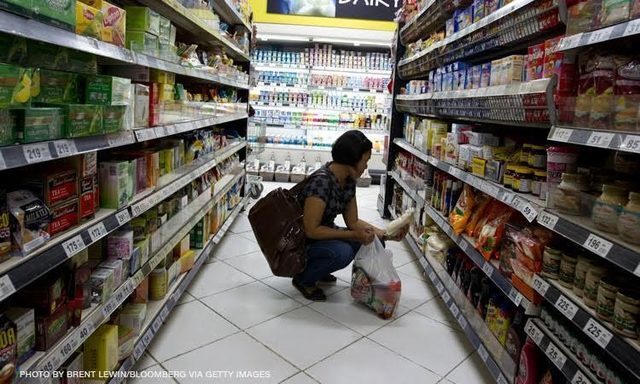
The administration of President Ferdinand R. Marcos Jr. has maintained its economic growth outlook of 6 percent to 7 percent for this year despite a “narrowed” full-year inflation forecast as it took into account the detrimental effects of El Niño and global economic slowdown.
“We have maintained our growth assumptions at 6.0 to 7.0 percent for 2023 and 6.5 to 8.0 percent for 2024 to 2028, taking into account both domestic and external risks,” Budget Secretary Amenah F. Pangandaman, who chairs the Development Budget Coordination Committee (DBCC), said in a news briefing on Friday.
“These projections have already taken into account the risks posed by El Niño and other natural disasters, global trade tensions, and value chain disruptions, among other factors,” Pangandaman added.
The DBCC revised downward the upper end of its inflation estimate for this year to 6 percent from its earlier forecast of 7 percent.
This now brings the economic managers’ inflation forecast for 2023 between 5 percent to 6 percent.
The economic managers revised their inflation forecast due to the “consistent” slowdown in the rate of increase of the prices of goods and services in the first four months of the year, Pangandaman explained.
“It is expected that the inflation rate will return to the target range of 2.0 to 4.0 percent by 2024 and 2028 as the administration, through the Inter-Agency Committee on Inflation and Market Outlook [IAC-IMO], provides proactive measures to address the primary drivers of inflation,” she said.
“This, together with appropriate monetary policy actions of the BSP, will help ensure a return to the inflation target over the policy horizon,” she added.
Despite improved inflation outlook this year, the economic managers maintained the same economic growth forecast after they took into consideration the confluence of domestic and external factors, National Economic and Development Authority Secretary Arsenio M. Balisacan said.
Balisacan explained that the economic managers recognized that there are still external economic factors like the projected slowdown in global economic growth and the El Niño threat this year.
On the domestic front, Balisacan noted the impact of the “lag effects” of high interest rates on the growth of the economy in the succeeding quarters.
“I think overall, putting all these together, we believe that 6 percent to 7 percent growth is very much manageable,” he said.
The DBCC also revised downward its external trade projections for the country for this year.
The DBCC slashed its export growth forecast to just 1 percent from 3 percent and its import growth outlook to 2 percent from four percent.
Bangko Sentral ng Pilipinas Deputy Governor Francisco G. Dakila Jr. explained that the revision in terms of the export growth forecast factored in latest trade data of the Philippine Statistics Authority as well as the deceleration in key items like semiconductor, coconut, and mineral products due to decline of commodity prices.
Lower import growth was attributed to “moderation” in commodity prices and tepid raw material demand because of weaker manufacturing and export activities, Dakila added.
Nonetheless, DBCC expressed optimism that despite all the headwinds the country would still achieve upper-middle-income status in the next two years.
“The DBCC is confident that the country can withstand these risks and achieve upper-middle-income status in the next two years through the implementation of near- and medium-term strategies, such as ensuring timely and adequate importation, providing preemptive measures to address El Niño, strengthening biosecurity, enhancing agricultural productivity, and pushing for legislative reforms, including the Livestock, Poultry, and Dairy Competitiveness and Development Act, among others,” it said.
